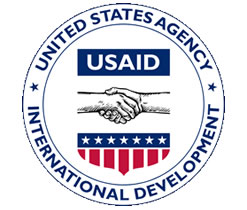 The United States Agency for International Development (USAID) Population-Based Survey (PBS) has concluded that more than one in five households in the three northern regions live below the poverty line, earning less than $1.25 per day.
The United States Agency for International Development (USAID) Population-Based Survey (PBS) has concluded that more than one in five households in the three northern regions live below the poverty line, earning less than $1.25 per day.
The survey carried out in 45 of Ghana’s Savannah Accelerated Development Authority (SADA) districts located in Ghana’s three northern regions and the northern districts of the Brong-Ahafo Region cited the Upper West Region experiencing the highest poverty rates.
In 2012, USAID/Ghana initiated a population-based survey of households in order to develop baseline indicators for its Feed the Future (FTF) activities in that area.
A statement issued from the Public Affairs Section of the US Embassy said the conference initiated a dialogue among development practitioners and policymakers about using the data to improve programmatic and policymaking activities.
“This data has potential to influence education decision-making, governance planning, media reporting and citizen knowledge in general,” noted Economic Growth Office Director Peter Trenchard, highlighting the principle that open data serves to reinforce research-based, open and transparent governance.
The survey determined that among the northern tier households surveyed 67% of total household expenditures are allocated to food. Alarmingly the survey indicated that only 15.5% of children receive a minimum acceptable diet in Northern Ghana.
To monitor performance of its interventions in Ghana and provide a foundation for evaluating FTF outcomes, USAID conducted this baseline study in collaboration with the Institute of Statistical, Social and Economic Research, the Ghana Statistical Service which facilitated the sampling process and helped with gaining community support, and the Department of Agricultural Economics of Kansas State University.
The statement said over the next two weeks, USAID partners will travel around the country, visiting universities to share the survey data with faculty and researchers and discuss what academic institutions can do to best utilize the data.
Source: GNA























